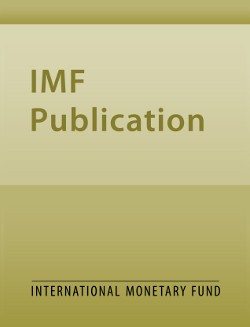
The Costs of Macroprudential Deleveraging in a Liquidity Trap
The Costs of Macroprudential Deleveraging in a Liquidity Trap
READ MORE...
Volume/Issue:
Volume 2020
Issue 089
Publication date:
ISBN:
Add to Cart by clicking price of the language and format you'd like to purchase
Available Languages and Formats
Topics covered in this book
This title contains information about the following subjects.
Click on a subject if you would like to see other titles with the same subjects.
Banks and Banking , Economics- Macroeconomics , WP , lower bound , transmission mechanism , long-term debt , Household debt , Zero lower bound , New Keynesian model , Collateral and borrowing constraints , Mortgage interest deductibility , Housing prices , DSTI constraint , LTV tightening , LTV constraint , LTI economy , Housing , Consumption , Global
Summary
We examine the effects of various borrower-based macroprudential tools in a New Keynesian environment where both real and nominal interest rates are low. Our model features long-term debt, housing transaction costs and a zero-lower bound constraint on policy rates. We find that the long-term costs, in terms of forgone consumption, of all the macroprudential tools we consider are moderate. Even so, the short-term costs differ dramatically between alternative tools. Specifically, a loan-to-value tightening is more than twice as contractionary compared to loan-to-income tightening when debt is high and monetary policy cannot accommodate.
Copyright © 2010 - 2025
Powered by:
AIDC



